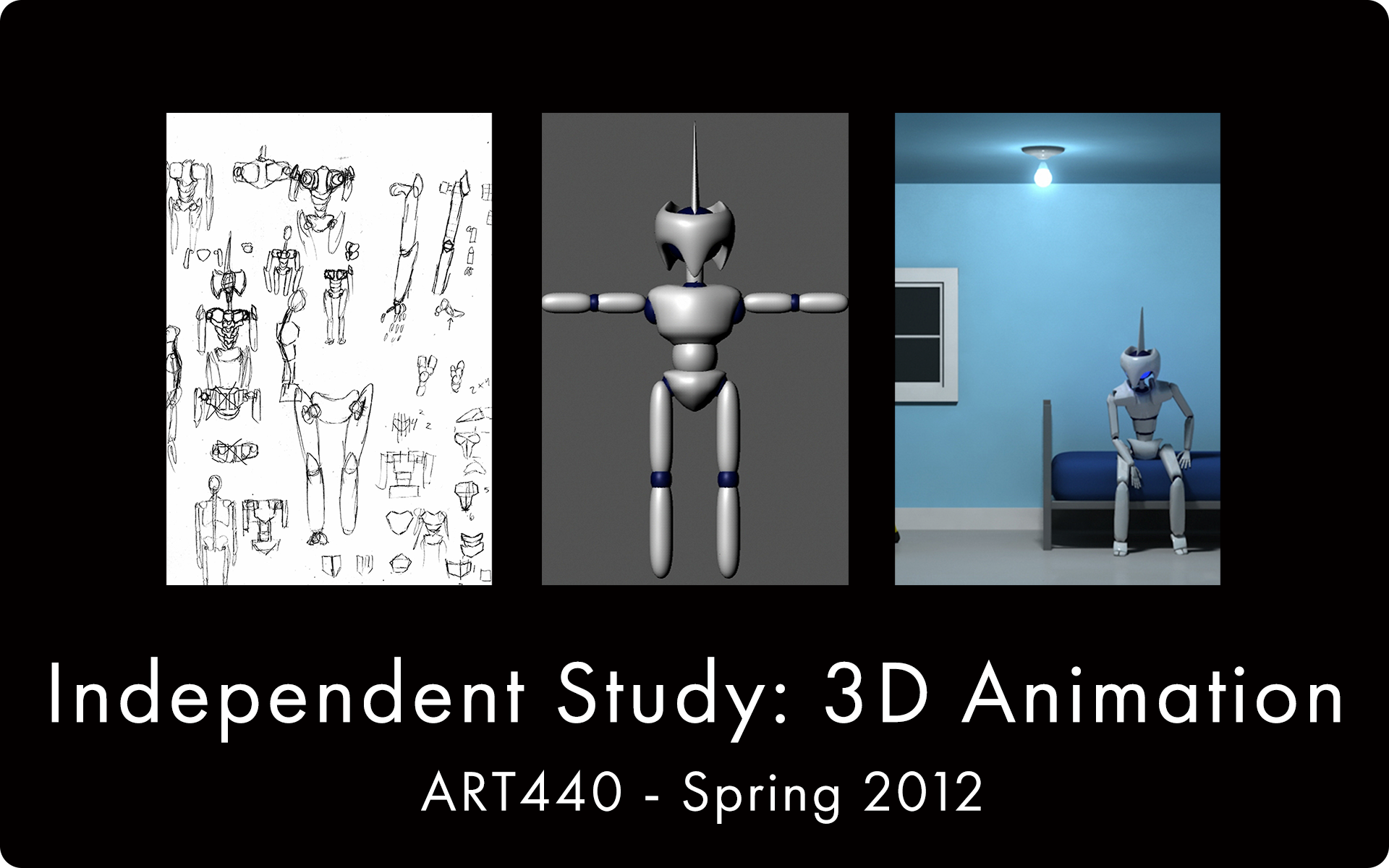Noh Mask Carving - Fall 2012
Taught by Assistant Professor of Japanese, Dr. Michael Rich, and Expert Noh Mask Carver, Atsuyoshi Asano (or Asano-Sensei), this course focused on creating a Noh mask with traditional tools and techniques. Some of the traditional items we used were Japanese Cypress, Tabis, and Japanese chisels. Asano-Sensei also only spoke Japanese, which Dr. Rich translated for us.
Week 0
Before we began to carve wood, we watched a video of a master Noh carver, which took him 1.5 hours to completely carve from a block to a mask. It looked simple enough, but we were naive amateurs about to setup ourselves for some heartbreak (and other injuries).
Week 1
This block is actually made from two American Cypress wood blocks, because American Cypress gets cut in 2x4's and Japanese Cypress doesn't, but our professor couldn't bring any from Japan. At this point we had the professor chop our blocks into cubes after we marked off some guide lines.
Week 2
American Cypress has wide tree rings, which means it grows fast and is not great for detailed carving. At this point I've carved a little of the face's profile, to which you can see the rough shavings on the block. Additionally, one student slipped with the razor-sharp chisel (sharpened with a diamond-coated sander) and stabbed the sole of her foot. She was fine, but she also couldn't walk to class for a month.
Week 3
This week, Asano-Sensei imported one solid block of authentic Japanese Cypress, and he let me carve with it since I was the only art student and I could confidently wield a carving tool. As humbling as it was, I knew he trusted me to safely use the dangerous tools and understand his instructions even though he only spoke Japanese. Part of traditional Noh mask carving involves using Tabi socks and sitting on a wooden mat. The socks had excellent grip on the mask and they almost felt like an extra helping hands.
Week 4
After major chucks are carved off, we had to use a paper template to carve the profile of the face. Carving the detail also involved holding the mask close to your chest and carving with a razor-sharp blade towards yourself. Although this seemed dangerous and it made everyone else nervous, this method was actually safer as long as you knew what you were doing. I've worked with small objects (LEGO) for most of my life, so this method seemed natural and comfortable to me.
Here is a video example of how proper technique can look dangerous, but is completely safe. Notice how he is carving a sharp blade towards his other hand, but also notice how he uses his carving hand to prevent his hand from moving too much, and he uses his other thumb to control the amount of pressure on the blade. This method prevents your hand from slipping, and if it ever does slip, the range of motion wouldn't travel far enough to jab yourself.
Week 5
Earning this Japanese Cypress was amazing because it was such a higher grade of wood, but using this block meant I had to start from scratch. At this point I had to come in to class on an extra day to catch up.
Week 6
Playing catchup was not too difficult, but not having Dr. Rich available to translate while I worked with Asano-Sensei was scary at first. However, in spite of the language barrier, we were able to communicate with ease. Most of the students would mentally shut down if he started to explain something in Japanese, but I listened to how to talked and the gestures he made. It was a great feeling to understand him without actually understand him, as weird as that may sound.
Week 7
I just about caught up with the class with my new block of wood, but to be fair, no one else was an art student and Asano-Sensei was actually helping the others by carving a little of their masks after class. He was aware that I knew how to carve, so I didn't need additional practical help. I was fine with that, because it made the mask a little bit more rewarding.
Week 8
Japanese Cypress is reliably sturdy and lightweight. Once I carved out the inside of the mask, about half of the original block was now wood chips.
Week 9
After the inside was fully hollowed out, a lacquer is applied on the inside to prevent face-sweat from corroding the wood.
Week 10
Once the face is detailed and finely-sanded, lacquer is also applied to the sides where the string-ties would be placed. This is done because the mask not meant to be handled by oily fingers, so people grab the mask by the lacquered sides.
Week 11
The next step involves applying an animal-hide glue-based paint on the face. Adding slight dyes and inks give the mask an aged look.
Week 12
After painting hair, eyes, and lip details with a calligraphy brush, the mask is done. Based on the angles of the mask, the face can appear to change emotion from sad to happy. Back in the time of Noh, black teeth was considered beautiful. Each of us are also given a silk pouch to protect the mask for many years.
Next semester, both Asano-Sensei and Dr. Rich came to my senior thesis, and Asano-Sensei gave me this mask charm (about the size of a half-dollar) and a protective silk pouch as a gift:









